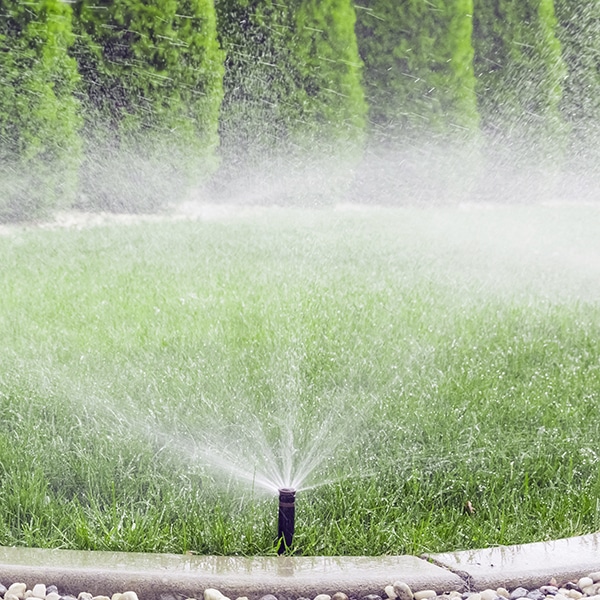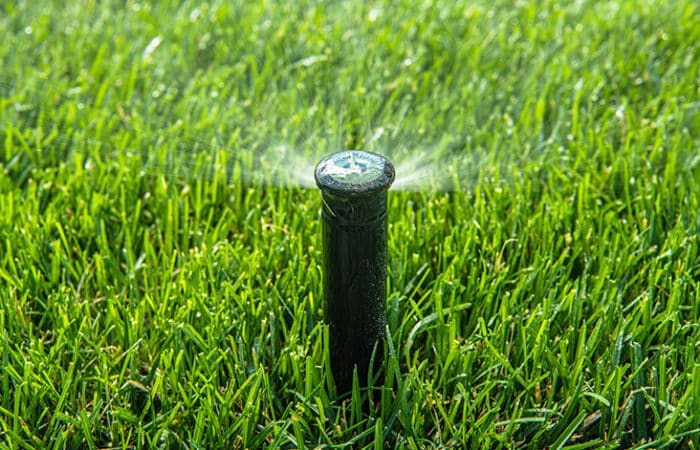As the vibrant colors of autumn fade away and the chill of winter soon approaches, it’s easy to forget about your sprinkler system amidst all the seasonal changes. However, neglecting to winterize your sprinkler system can have serious consequences, both for your wallet and your property. In this article, we’ll explore the importance of winterizing your sprinkler system and the steps you can take to ensure its longevity and optimal performance.
Prevent Costly Damage
Perhaps the most compelling reason to winterize your sprinkler system is to avoid costly repairs and replacements. Water left in the system can freeze, causing pipes to expand and potentially burst. Repairing or replacing damaged pipes, valves, or sprinkler heads can be a significant expense that is easily preventable with proper winterization.
Extend the Lifespan of Your System
A well-maintained sprinkler system is an investment in the beauty and health of your landscape. Winterizing your system helps protect its components from freezing temperatures and water damage, thereby extending its lifespan. Regular winterization can add years to the life of your system, saving you money in the long run.
Preserve Water Resources
Leaving water in your sprinkler system over the winter not only risks damage but also wastes water. When the system freezes and bursts, it can lead to leaks and continuous water flow, contributing to water wastage. By winterizing your system, you contribute to water conservation efforts and reduce your environmental footprint.
Maintain Curb Appeal
A well-manicured lawn and vibrant landscape are the pride of any homeowner. Neglecting to winterize your sprinkler system can lead to uneven watering and dead patches come spring. Proper winterization ensures that your system functions optimally when it’s time to revive your landscape in the warmer months.
DIY or Professional Service
Winterizing your sprinkler system can be a DIY project if you’re handy and have the necessary tools. However, for those less familiar with plumbing and irrigation systems, enlisting the help of a professional is a wise choice. Certified technicians have the expertise to ensure all components are properly drained, preventing any residual water from causing damage.
Steps to Winterize Your Sprinkler System
Here’s a brief overview of the steps to properly winterize your sprinkler system:
- Turn off the water supply: Shut off the main water supply to your sprinkler system to prevent any new water from entering.
- Drain the system: Open the drain valves and drain any remaining water from the pipes, valves, and sprinkler heads. Use compressed air to blow out the remaining water, ensuring a thorough dry-out.
- Insulate exposed components: Wrap exposed pipes and components with insulating material to protect them from freezing temperatures.
- Programmable controllers: If your system has a programmable controller, set it to the “rain” or “off” mode for the winter to prevent any automatic watering.
- Regular maintenance: While winterizing is a crucial step, routine maintenance throughout the year is essential. Inspect your system for leaks, clogs, and other issues to address them promptly.
Winterizing your sprinkler system is an investment in the longevity of your property and the health of your landscape. By taking the time to properly prepare your system for the winter months, you can prevent costly repairs, extend the lifespan of your system, conserve water, and maintain the curb appeal you’ve worked hard to achieve. Whether you tackle the task yourself or seek professional assistance, winterizing your sprinkler system is a responsible choice that pays off in the long run.



